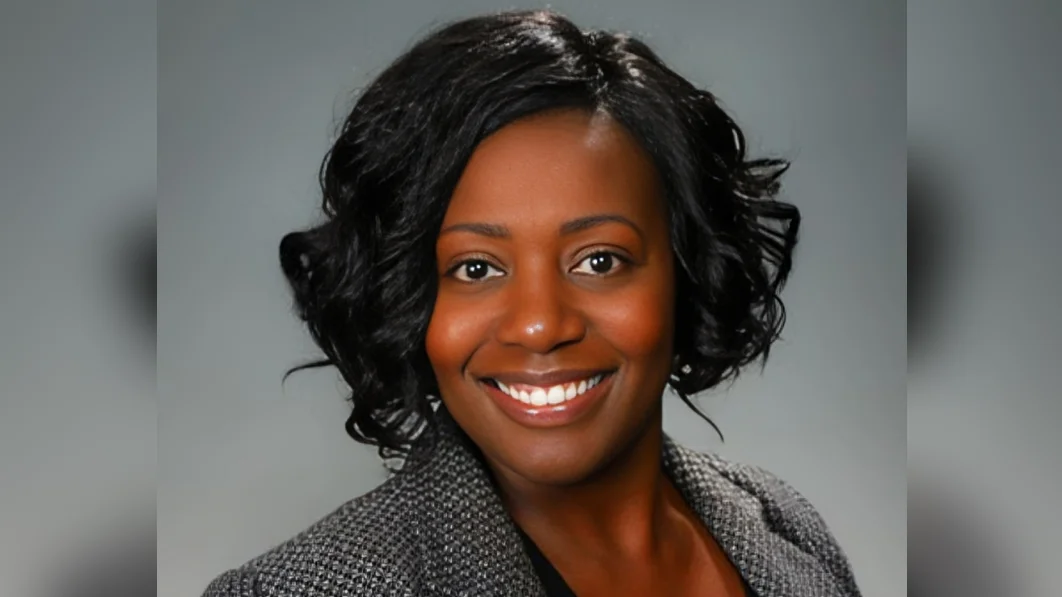
New Jersey Governor Phil Murphy’s Energy Master Plan and Executive Order 315 aim to reduce fossil fuel usage to achieve 100% clean energy by 2035. The Executive Order also calls for the implementation of strategic recommendations from the New Jersey Council on the Green Economy, which includes targeted job creation, alignment of the educational ecosystem, and piloted workforce initiatives. Understanding the energy-efficiency sector—its current landscape, challenges, and areas for growth—is critical given these efforts, particularly in ensuring commitments to diversity, equity, and inclusion in workforce development infrastructure.
The Heldrich Center, in partnership with the Built Environment and Green Building Group at the Center for Urban Policy Research, recently conducted a study to better understand and document community needs and areas for growth in training, recruiting, hiring, and retaining students, trainees, and workers from diverse backgrounds for New Jersey’s energy-efficiency workforce. The study aimed to produce strategies for improving workforce development infrastructure for stakeholders to consider.
The Heldrich Center has released a new report titled "New Jersey’s Energy-Efficiency Workforce Needs, Infrastructure, and Equity Assessment," detailing findings from this study. The report presents 12 strategies for stakeholders based on eight findings supported by evidence from labor market and job posting analyses as well as a survey and interviews. By strengthening workforce development infrastructure, these strategies can support a diverse, skilled, and equitable workforce in ways that help New Jersey achieve its clean-energy goals.